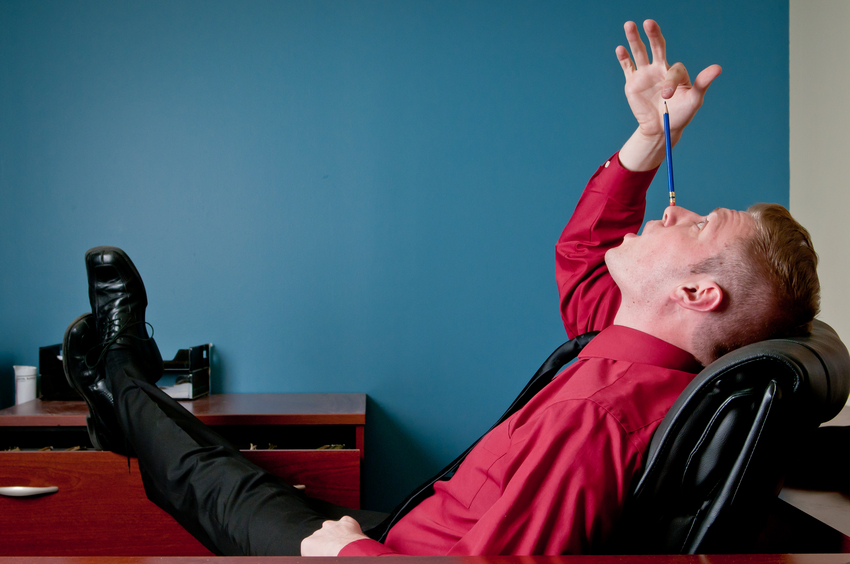Last spring, when the COVID crisis erupted, millions of U.S. employees packed up their laptops and began working remotely from home. It is the largest workforce change the United States has faced since millions of women took the jobs of men fighting in World War II.

Six months into this great experiment, new research is starting to take the shine off what has long been the holy grail for many workers: the option to work remotely, with more time and flexibility to focus on personal priorities.
It turns out, large numbers of employees are reporting they feel distracted and isolated and are working more than when they were in the office. Maybe the grass isn’t always greener on the other side?
The Good News
There has been a 9% increase between April and September of this year in employees interested in continuing to work remotely post-pandemic, according to a recent survey of over 1,300 full-time employees in the United States.
The same survey found that the number of companies offering permanent remote work options increased by 40%.
It’s becoming increasingly clear that widespread adoption of remote work is not going to be a temporary phenomenon. As the pandemic drags on, employers are embracing remote work and laying the groundwork for this to be a permanent change, even when it is safe to head back to the office.
The Bad News
Despite the positive news of the U.S. workforce settling into working remotely, the arrangement is not without its downsides. Nearly 67% of employees reported feeling concerned about their job security, and 89% feel isolated, disconnected from their companies or distracted, and less productive at times—all increases since the April survey.
More worrisome is the fact that, rather than freeing up time by not having to commute to the office, remote employees are working more than ever before.
The Wall Street Journal reports that of the 60 million hours freed up from not commuting to the office each day, workers clocked more than 22 million hours of the total into their jobs—about 35.3%. The remaining time was spent on child care, chores, and home improvements, with only 30% spent on leisure activities.
It appears the promise of better work/life balance and higher levels of happiness from working from home is a myth and that remote work is actually making it more difficult to separate work and home life and compress work hours.
An increase in productivity (which remote work seems to boost) is generally a good thing—but perhaps not at the price of seeing a company’s culture and social capital erode.
Productivity is easy to measure, but that should not make it the only yardstick by which to judge how well a company is doing. Creativity and innovative thinking are harder to quantify but are indispensable aspects of a company’s long-term success.
CEOs Weigh In
“Be on the lookout for what is lost,” Microsoft CEO Satya Nadella warned in an interview with The New York Times. He cautions leaders not to “replace one dogma with another” and to think deeply and carefully about their goals and objectives for the new work environment.
These fears are not unfounded. Before the pandemic, studies showed remote workers were less likely to be promoted than their office-based counterparts, even if their productivity was the same. Managers, it seems, are just more comfortable promoting people they interact with face-to-face. Plus, looking merely at productivity numbers won’t give a manager an accurate picture of employees’ accomplishments and contributions, especially if their primary role is supporting others.
Studies have also shown that people working together in the same room solve problems more efficiently than remote collaborators. The same studies also suggest that remote work arrangements can erode team cohesion.
“No. I don’t see any positives,” Netflix CEO Reed Hastings told The Wall Street Journal when asked whether he sees any benefits in having his employees work from home. Netflix’s model of corporate teamwork just cannot be replicated in a virtual setting.
Now that the genie is out of the work-from-home bottle, the greatest challenge facing HR professionals for the foreseeable future is finding the right work/life balance for employees and employers long term. The good news is many HR managers see the problem and are taking proactive steps to learn how to address it. At getAbstract, titles such as Making Remote Work Work, The Long Distance Leader, and Improve Your Virtual Meetings have quickly moved up to the top of our most read charts in recent months.
One of the lasting impacts of the pandemic will be the acceleration of the trend to more remote work. What would have taken a decade has happened in less than a year. I don’t think we know yet how this is all going to play out, but what we do know is that the future of work is going to require companies to proactively find ways to ensure remote work lives up to its promise—for employees and employers. Success will require HR professionals to navigate this journey by setting aside conventional solutions and seeking new information, knowledge, and resources. What we are already seeing from our business customers gives me confidence that many have leaned into this challenge and are on the right path.
Andrew Savikas is Chief Strategy Officer at getAbstract.
